In 1977 I was working on secondment at an office on Euston Road in London. I had recently upgraded to a Minolta SRT 303b and happening to see an invitation for entries to a photo competition sponsored by Camden Council I decided to have a go. I can’t remember exactly what the subject of the competition was but I’m guessing that it was something to do with what it was like to live in the council’s area. The closing date was only a few days away so I spent the next lunchtime exploring the streets nearest the office to the south of Euston Road, taking a few shots and then rapidly developing and printing them for submission.
Needless to say the prints were returned with no comment. As I suspected, the grimy, grainy look that most of us were trying to emulate back then did not appeal to a council wishing, as they always do, to project an up-beat image. Good news snaps were what they were after, and so with a wry chuckle I filed away the negatives and forgot about them.
Twenty years later most of my negative files were lost to a flood but the few sheets that were salvageable were rescued and again forgotten about. Forgotten about that is until retirement coinciding with Covid lockdown gave me ample opportunity to spend hours at the scanner with transparencies and the surviving negatives. I didn’t realise it at the time but the seeds of a project had been sown.
Some of those seeds started to germinate when in an exchange of comments here on 35mmc I listed my current (too many) projects. Among them was one of then and now photographs using, if possible, the same combination of camera and lenses. Having thus committed myself, when I had reason to be in the Kings Cross area earlier this year I uploaded the images to my phone and took time out to track down the locations.
The Area
In the early nineteenth century this area of London was the site of the dust heaps which feature in Dickens’ last completed novel Our Mutual Friend as a symbol of tainted wealth. These dust heaps can be considered as an early recycling system, dust being a prim Victorian euphemism for household waste. Rich pickings literally could be had by dust contractors as the contents of the heaps were labouriously sorted and sieved. Most of the results of this sorting had a marketable value, especially ash and cinders for brick making and organic matter as manure for agriculture. There was of course always the possibility of finding something more valuable. This possibility forms part of Dickens’ story of Noddy Boffin who inherits a complex of dust heaps and takes up residence on-site in a house he names Boffin’s Bower.
Sanitary improvements led to the decline of the dust trade and by the mid nineteenth century such was the growth of London’s population that the area was redeveloped speculatively as part of the Battle Bridge Estate. As the Duke of Argyle owned property in nearby Kentish Town his name was appropriated to give the development an aristocratic nuance in the form of Argyle Square, Argyle Street and Argyle Walk. Notwithstanding this attempt at gentility the area soon became infamous for, shall we say, a night-time economy of the oldest kind. Later still the East End Dwelling Company, a philanthropic non-profit making housing association built model apartments to the west.
Most of the locations of the original photos were identifiable although some viewpoints would have to be changed slightly in order to avoid obtrusive street furniture. Looking at the reconnaissance shots I took on my phone I decided to deviate from my original intention and shoot the current scene in colour. That decision made, I further deviated by using the Minolta XG1 which I’ve featured here before albeit more for the sake of the 45mm Rokkor that it came with.
The Photos
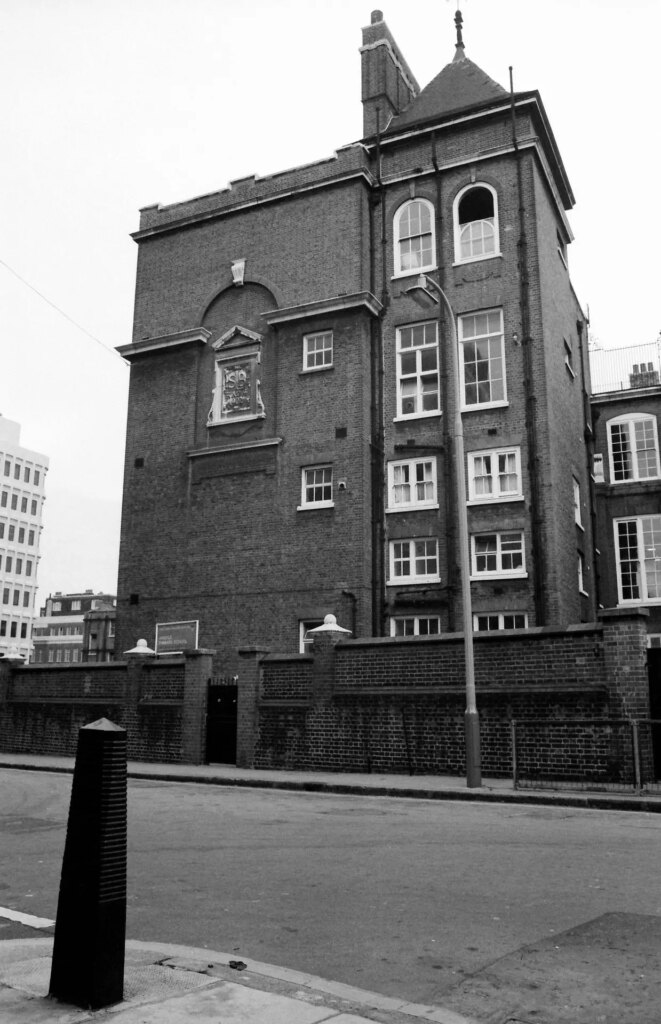
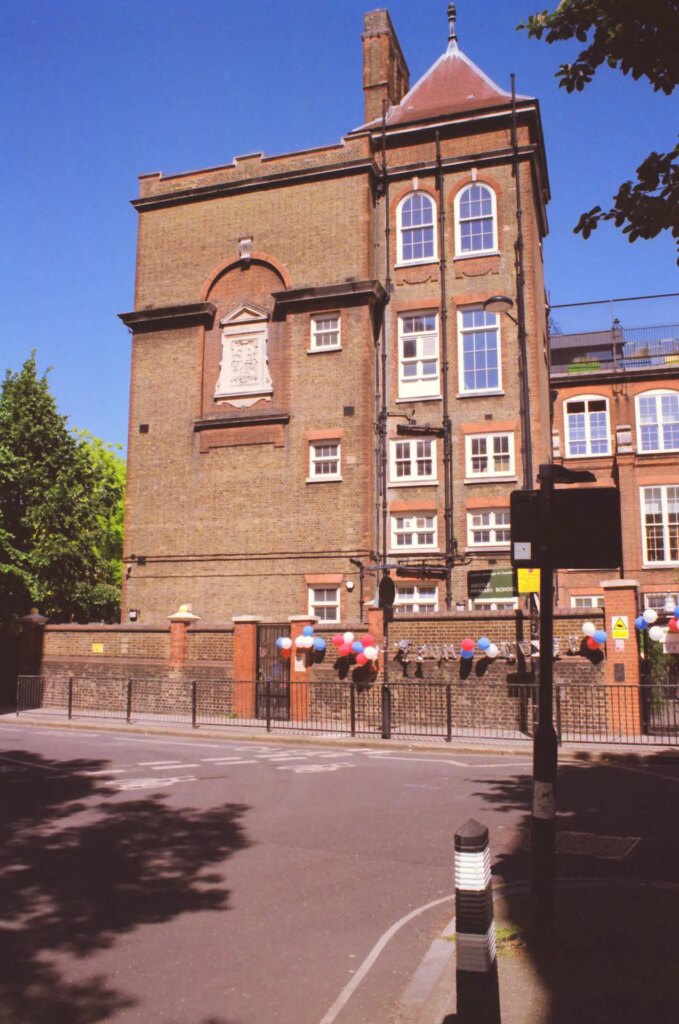
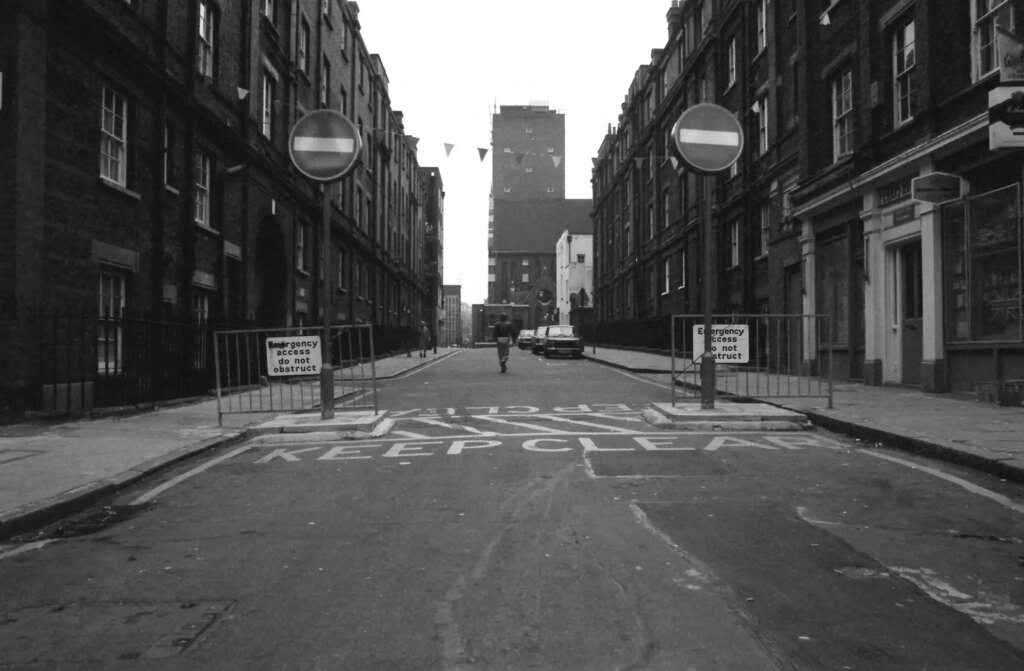
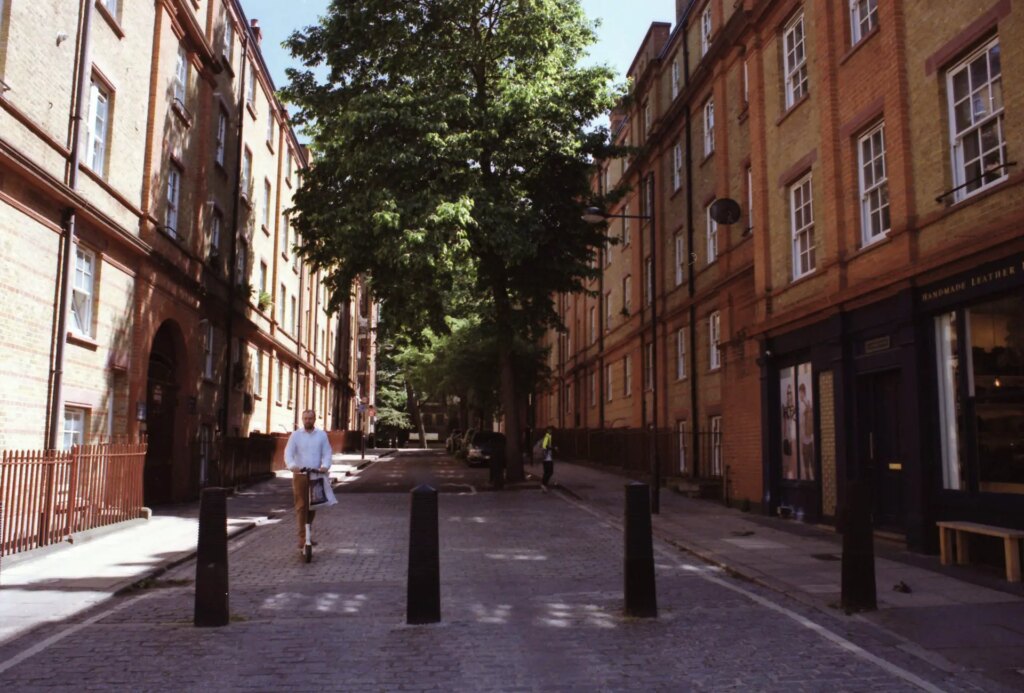
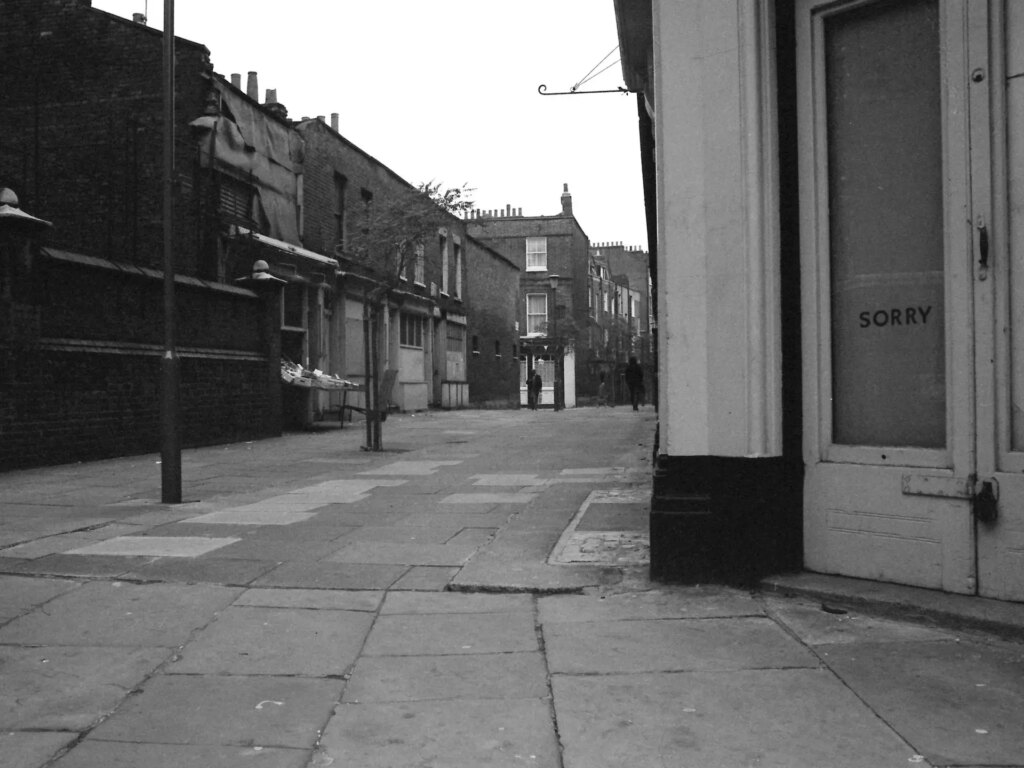
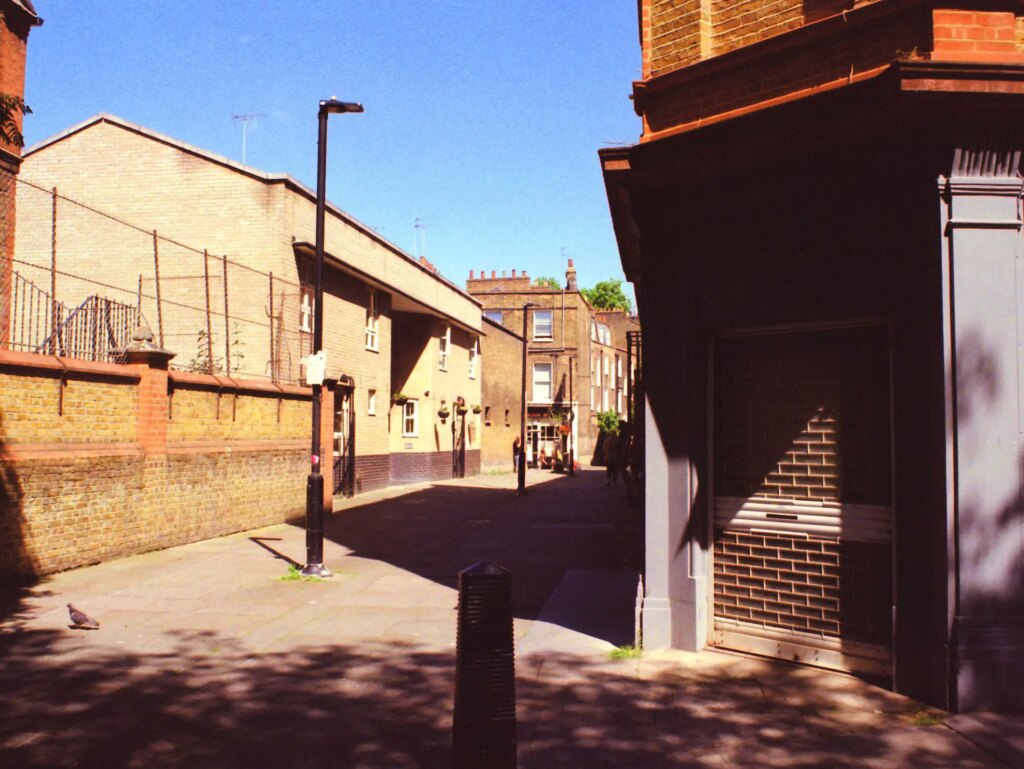
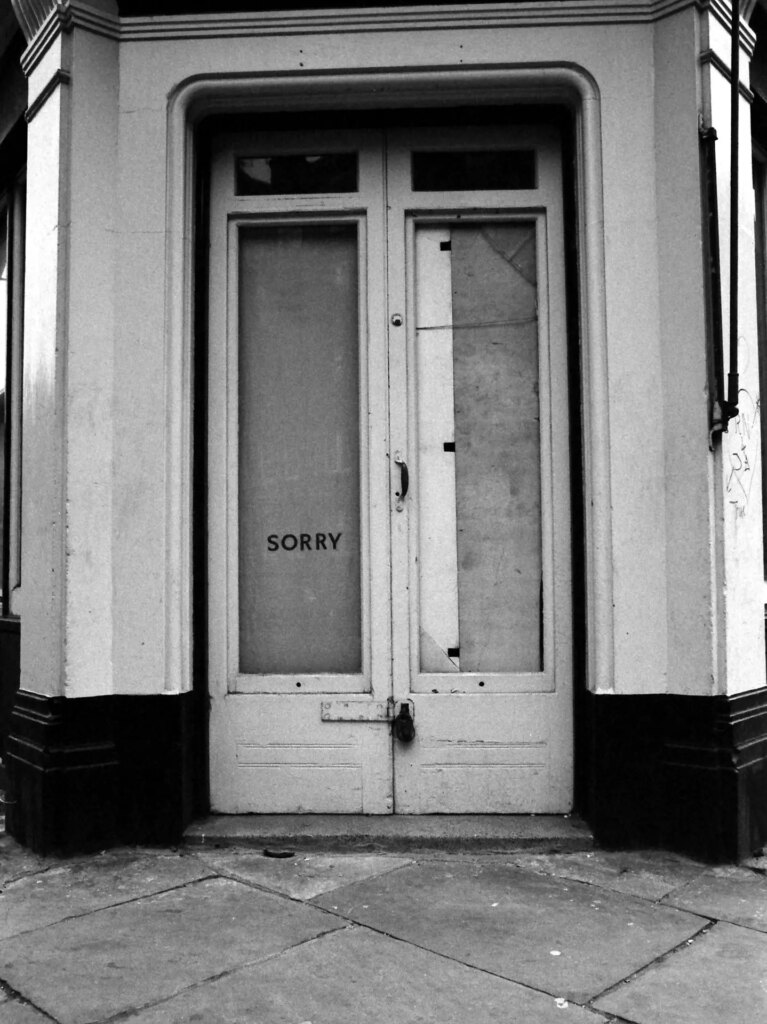
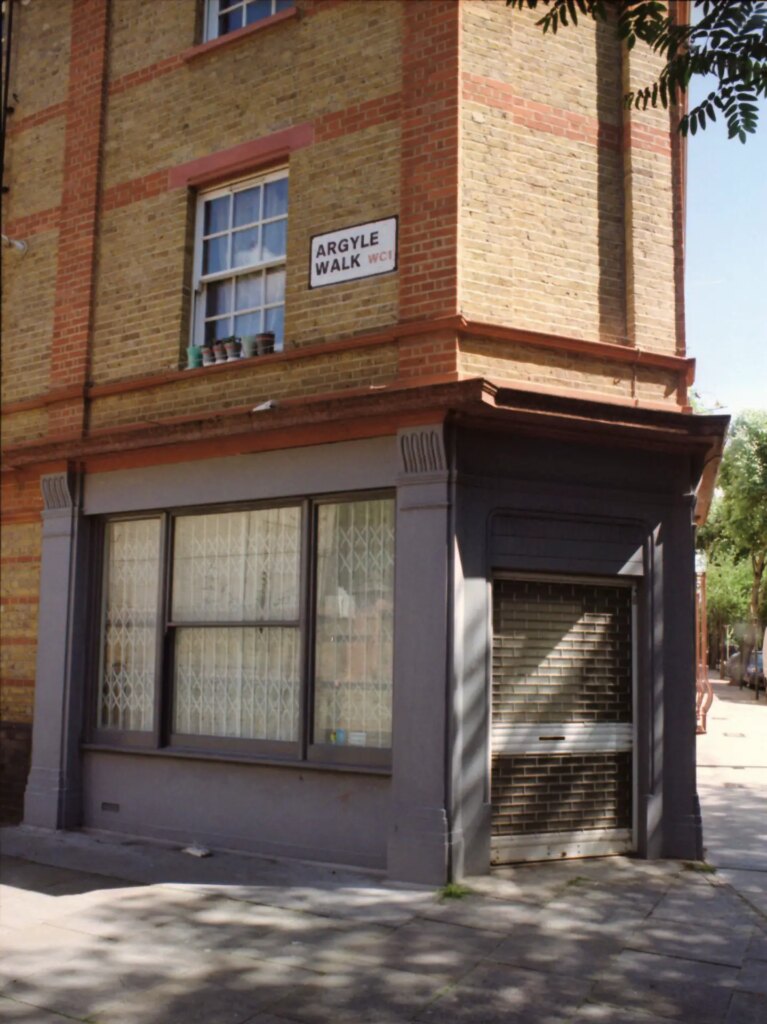
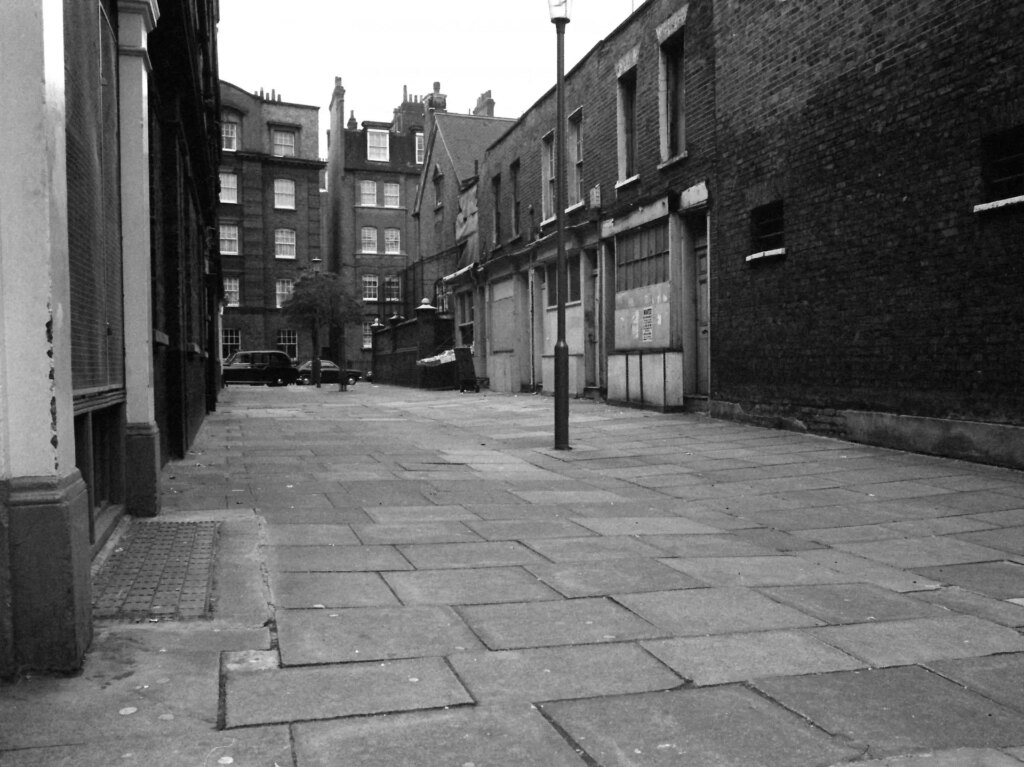
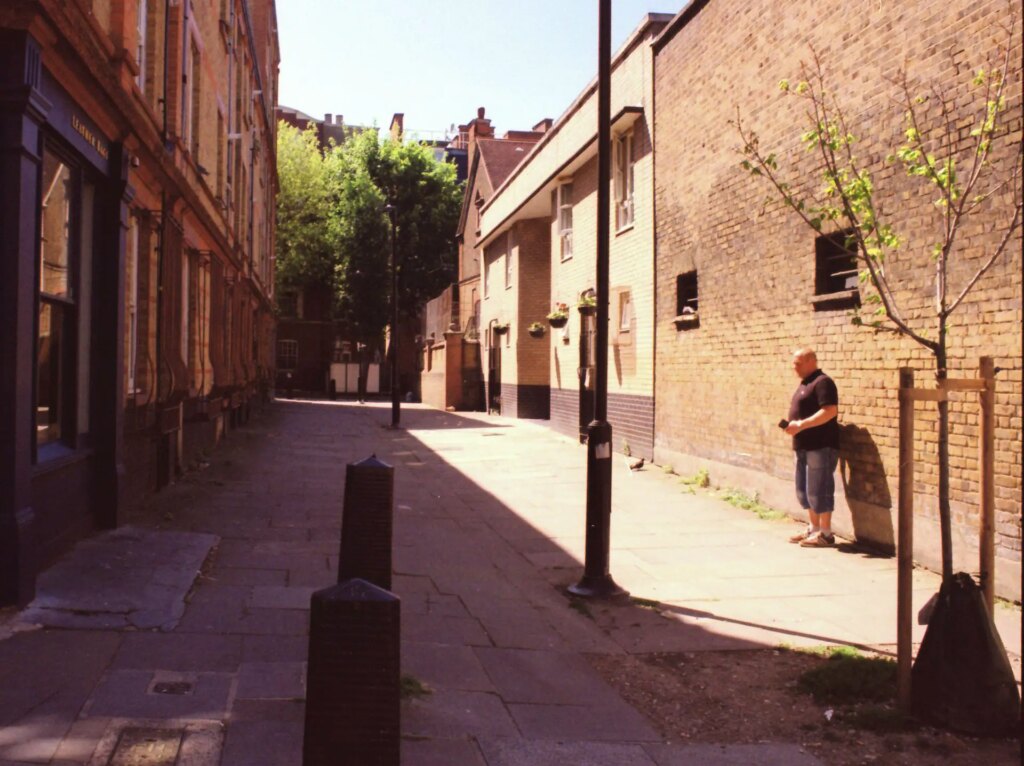
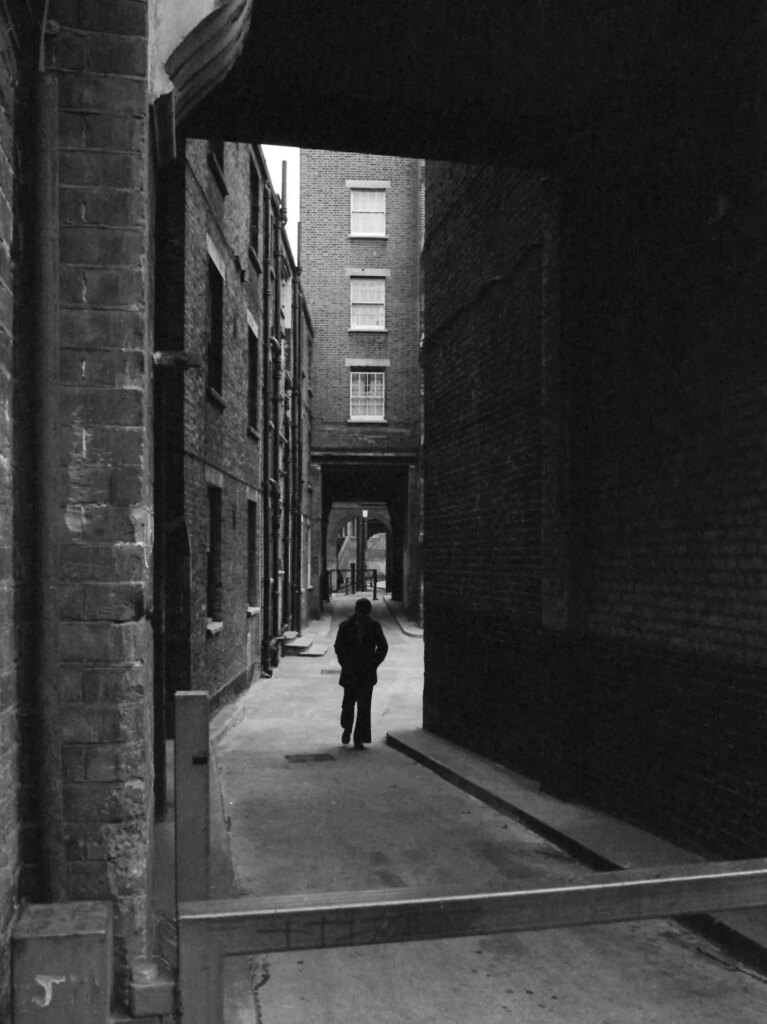
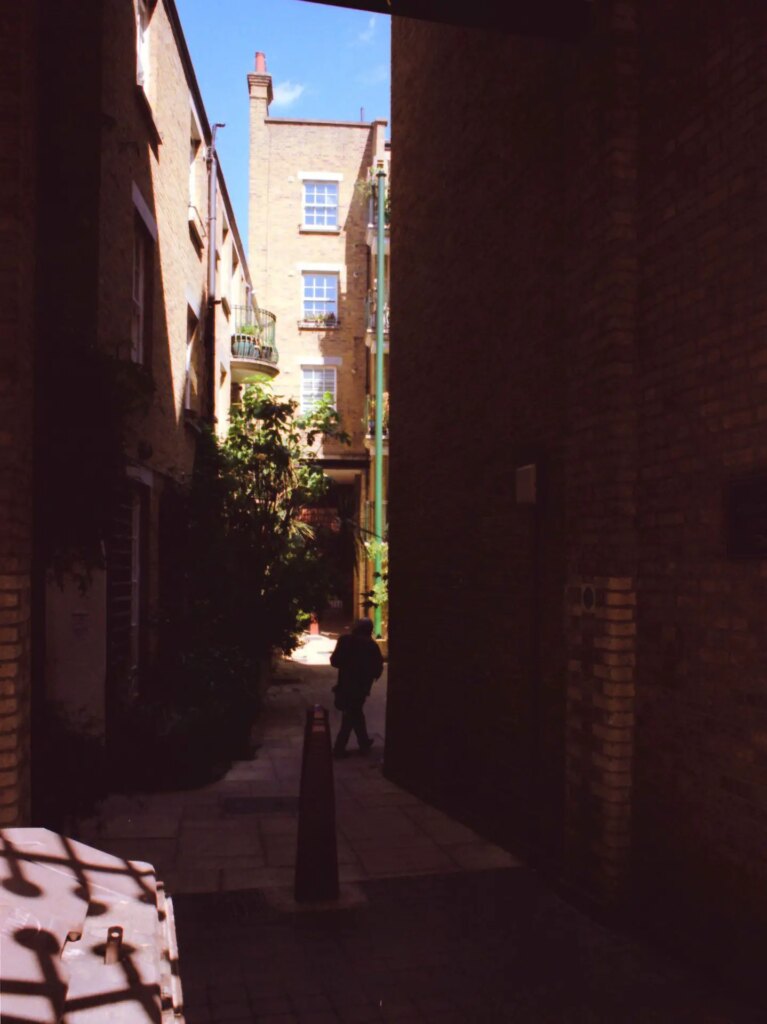
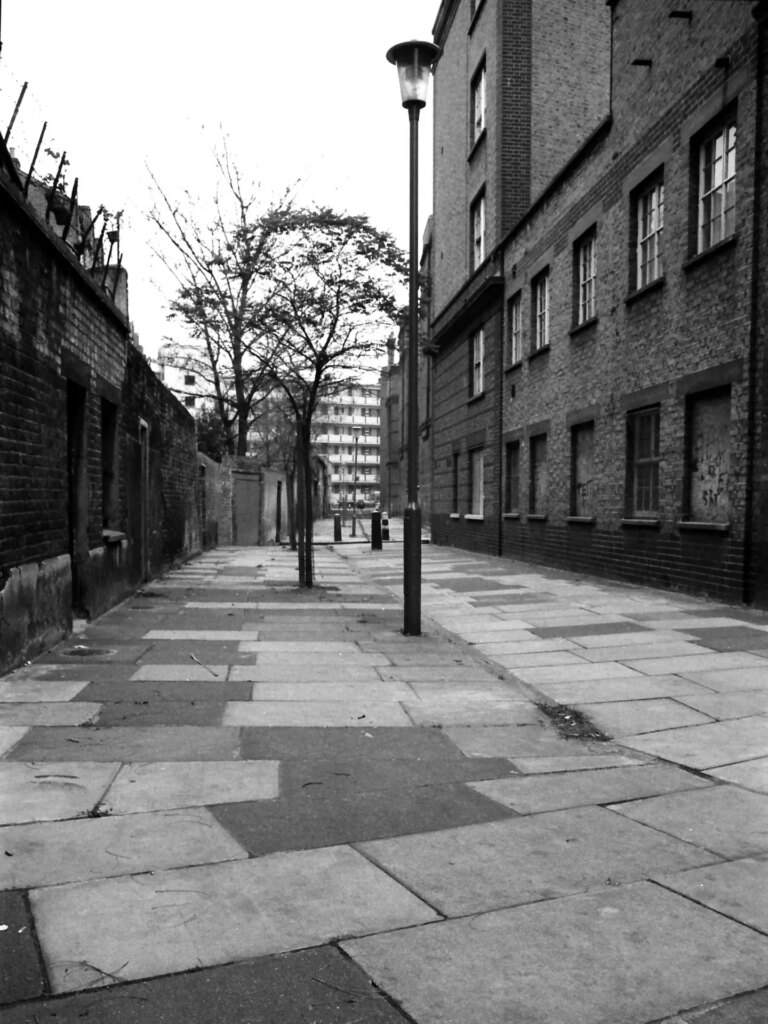
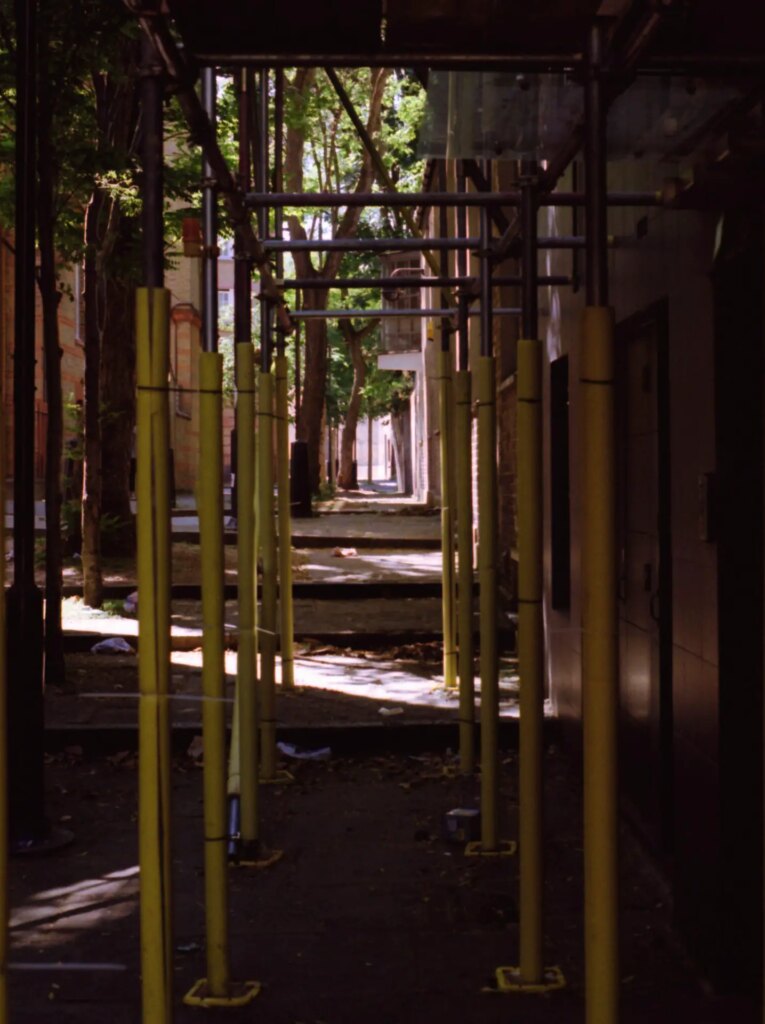
The original images were taken on HP5 and the recent ones on Kodak Gold which I hadn’t used for some considerable time but used to like its blowsy, rather over-stated colour rendition. Unfortunately in its current 200ASA form it does not seem to be the same beast any more, it certainly didn’t have the colour I was expecting and I was disappointed with the resolution. I would have reservations about using it again. 28mm f3.5 Rokkors were used on both occasions.
Mundane images of mundane scenes maybe, but I believe such photos are important from a social history point of view if nothing else.
Thank you for reading and staying with me through the many permutations of Argyle.
Share this post:
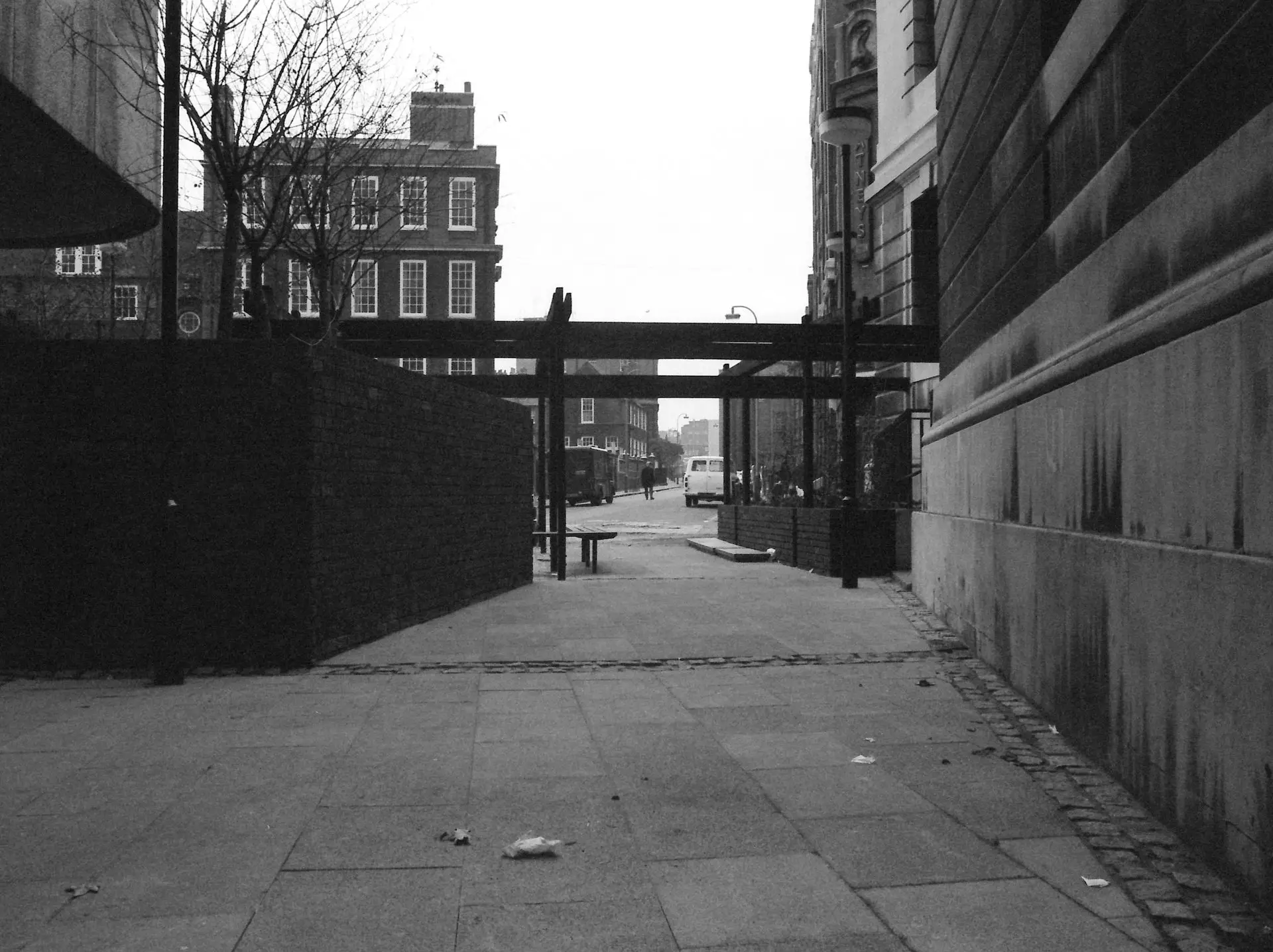








Comments
Terry B on Boffin’s Bower Revisited – The First Chapter of an Ongoing Project – By Peter Roberts
Comment posted: 20/10/2022
My regret is that I didn't document my own home town more as there was no indication just how much was to be changed. Whole swathes bulldozed, even in the city centre, a thing that has continued right up to today.
Comment posted: 20/10/2022
Comment posted: 20/10/2022
Comment posted: 20/10/2022
Daniel Castelli on Boffin’s Bower Revisited – The First Chapter of an Ongoing Project – By Peter Roberts
Comment posted: 20/10/2022
How fortunate you are to make these comparison photos. The more things change, the more they remain the same.
It's also rare to have the same gear. That's a testament to both the enduring quality of Minolta and your decision not to sell the camera.
The same locations, the same camera/lens combo, the same photographer contributes to the unique nature of your project. Thanks for sharing.
If you could indulge this American for a moment? What is a 'secondment' as it relates to your previous job and why is Euston Road so awful?
Dan
Comment posted: 20/10/2022
Comment posted: 20/10/2022
Amy on Boffin’s Bower Revisited – The First Chapter of an Ongoing Project – By Peter Roberts
Comment posted: 20/10/2022
Comment posted: 20/10/2022
Richard de Bulat on Boffin’s Bower Revisited – The First Chapter of an Ongoing Project – By Peter Roberts
Comment posted: 20/10/2022
Comment posted: 20/10/2022
Graham Spinks on Boffin’s Bower Revisited – The First Chapter of an Ongoing Project – By Peter Roberts
Comment posted: 20/10/2022
Comment posted: 20/10/2022
Michael J on Boffin’s Bower Revisited – The First Chapter of an Ongoing Project – By Peter Roberts
Comment posted: 21/10/2022
Even your mention of the HP5 of your wonderful Atget-esque black and whites reminds me of the green lids to the film pods (or did I imagine that? perhaps all is reverie)- the London Borough of Camden didn't know what they were looking at! I agree that Kodak Gold 200 is underwhelming- now I think about it the colour films I've been impressed with recently, Pro400H and Portra, have all been shot in medium format and perhaps the bigger negative is where more interesting things happen with colour.
The "First Chapter..." bit is encouraging- indeed I feel encouraged by this to keep examining London, memory and film. Thank you!
Comment posted: 21/10/2022
Stefan Wilde on Boffin’s Bower Revisited – The First Chapter of an Ongoing Project – By Peter Roberts
Comment posted: 21/10/2022
I'm a little late to this party and the commenters before me left little to add. I like how the angles, the composition are not always quite the same as in the original. That adds to the feeling of time having passed. This really is a beautiful project! And also I have learned the true name for Mrs. "Überkandidelt" as she's called in the German dubbed version of the "Ladykillers"... I thoroughly enjoyed this and look forward to your next post! How is it going with teaching your wife film photography?
Cheers / liebe Grüße
Stefan
Comment posted: 21/10/2022
Bill Brown on Boffin’s Bower Revisited – The First Chapter of an Ongoing Project – By Peter Roberts
Comment posted: 21/10/2022
million dollars and less than ten years old and someone will purchase the lot with the house next to theirs and tear the house down so they can have a larger lot or the ability to build a house over two lots.
I have photographed this region since 1979 and the amount of change since 2008 is unbelievable. Duplicating a shot is virtually impossible as new buildings replace or hide existing structures. I just photographed an artist supply store that I have used since the late 1970's as it closed because the land was purchased for an amount that the owners couldn't say no to. I consider myself an accidental historian of sorts because of my interest in documenting my surroundings and everyday life. I have also used the same cameras since the late 70's and early 80's. By continuing to shoot film through all the change I believe it has helped me to find a place of internal balance. I have truly lived out the 1970's Kodak ad campaign, "Remember the times of your life".
Keep documenting your world and sharing your thoughts and photographs. Thanks for letting us all see into the past and remember.
Comment posted: 21/10/2022